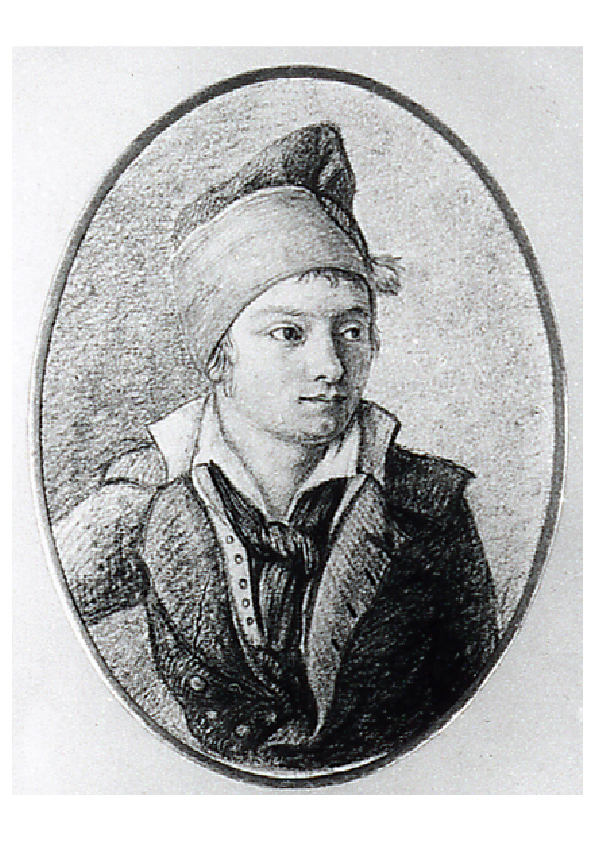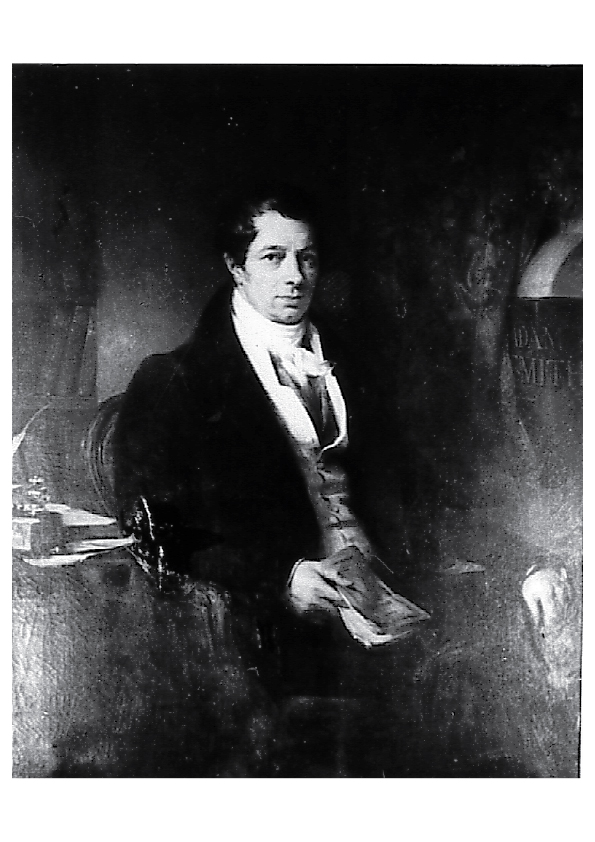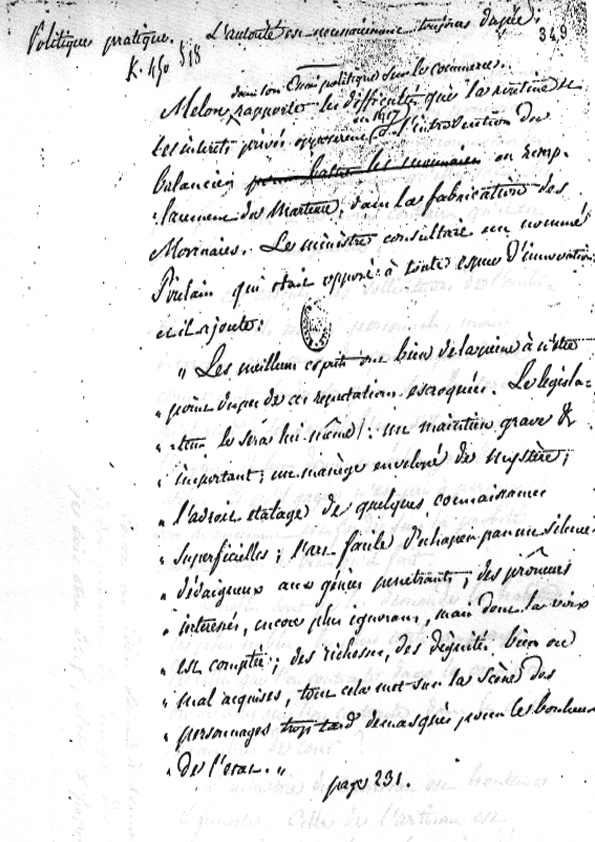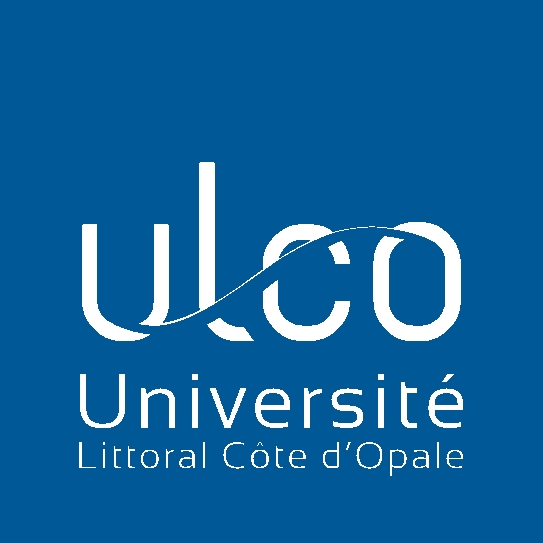Jean-Baptiste SAY (1767-1832), A pioneer of the liberal french economic thought

His life
Jean-Baptiste Say was born in 1767 in Lyon in a protestant family. He died in 1832 in Paris, at 65 years old, just one year after he had been appointed professor to the famous Collège de France. Known and identified worldwide as a great economist, he exercised several jobs among them journalist and entrepreneur. Advocate of the free market and of competition, he championed entrepreneurial initiative and innovation. He spread Adam Smith’s ideas, the author of the famous economic book: “An Inquiry into the Nature and causes of the Wealth of Nations”, published in 1776, and well known as “The wealth of the nations”.
He was the elder child of a four children family. One of his brothers was famous as an entrepreneur (he founded a large sugar enterprise which still exists today). The family’s financial problems forced him to stop his studies. He then became a bank employee and finally resumed his business studies in England, which was at the time the first economic power of the world. He came back to France to work in an insurance company and to study “The wealth of the Nations”.
When the French revolution began in 1789, he was just 22 years old. He was very enthusiast. He entered the Girondins’ Group with Mirabeau. He played an important role as an editorialist and a journalist. He was in favor of the “coup d’Etat of Napoléon Bonaparte” (the 18th Brumaire), but his admiration for Napoléon lasted a very short period. In 1803, he published the first edition of his “Treatise of Political Economy”, where he refused the interventionist economic policy of Napoléon who stopped the second edition of his book. Napoléon took arrangements to stop his journalist career. He decided to become an entrepreneur in France where industry was progressively gaining ground.
He founded in Auchy, a French small town (today in the Pas-de-Calais department, North of France), a spinning mill which became very prosperous. The enterprise quickly grew. The number of employees increased from 80 to 400 (mainly women and children). He managed his enterprise according to paternalist principals like many other entrepreneurs of the period. In 1813, he leaved from Auchy to spread liberal economic ideas. In 1814, after the collapse of the Empire and during the Restoration period, he published the second edition of his “Treatise of Political Economy”. In 1819, he was appointed as a professor to the Conservatoire des Arts et Métiers (Paris). The same year, he contributed to the foundation of the Special School of Trade and Industry (which is today the ESCP Europe). One year before he died he obtained the chair of political economics at the famous Collège de France. With this nomination, he became as famous as Adam Smith, who also obtained the first chair of political economics in his country. At the end of the 18th century, economics became an autonomous science, separated from philosophy and moral onto which economics is based.

The Writings of Jean-Baptiste Say
The thinking of Jean-Baptiste Say ensues both from the French physiocratic theory (Quesnay, Turgot, Dupont de Nemours, etc.) and the thinking of Adam Smith. They championed competition and individual initiative. Jean-Baptiste Say was at the origin of the classical analysis based on « Production, Consumption and Distribution », according to which he organized his “Treatise”. But, at the opposite of British Classical economists, he did not adopt the labor value, but the utility value. According to the utility value, the good’s value is defined by the needs that a good can satisfy. On this subject, Say distinguishes himself from another English disciple of A. Smith, D. Ricardo who considered that the value of a good is defined by the quantity of labor which was used during its production. Ricardo’s theory of the incorpored labor value was resumed and developed by Karl Marx some decades later. Apart from this subject in the writing of Jean-Baptiste Say, his main theoretical contributions are found in macroeconomics (with the famous Say’s Law) and in microeconomics (the analysis of the entrepreneur’s role in the process of innovation).
The “Say’s law” may be considered as the most important contribution of Say to the economic theory. “The Say’s law of markets” is based on the idea that production creates revenue which creates consumption. His theory is very optimistic, since the higher the number of producers is, the higher production becomes and the more numerous market opportunities are. Then, a global economic crisis (overproduction crisis) is impossible. Sector-based crisis remain possible, but not global crisis. Many years later, at the beginning of the 1980s, the Say’s law was at the origin of the revival of the liberal economic thinking in the United States and in Europe.
Supporter of the free market and of competition, Say was against public intervention in the economy. According to him, the free market is a condition to economic justice. Public policy (regulation, tax policy, etc.), disrupts the mechanisms of the free market and damages individual interests of wealthy people, but also of poor people who pay a high price. Incorrigible optimist, he considered natural resources as inexhaustive, and as a gift of the Creator to please human needs.
J.-B. Say is also known for his theory of the entrepreneur, who plays a nodal role in the innovative process. The entrepreneur is an intermediary between the scientist who creates knowledge and the worker who uses it in the industrial process. J.-B. Say defines what he calls the “job of the entrepreneur”. The entrepreneur observes the economic reality and knows how to find market opportunities. But the entrepreneur’s activity is not a way paved with roses. Public policy slows down his activity, and the bank does not often take the risk to finance a new venture. The entrepreneurial activity is indeed very risky. If the entrepreneur goes bankrupt, he can lose his fortune, but also his honor! Conversely, J.-B. Say criticized the behavior of French entrepreneurs who asked for public intervention to protect the domestic market. The Austrian economist Joseph Alois Schumpeter (1883-1950) inserted the Say’s analysis of the entrepreneur in his own analysis of economic cycles.
Many years later, after the First World War, J. M. Keynes (1883-1946) criticized the Say’s law. According to Keynes, individuals do not spend all the money they have. They can use a part of their revenue in a speculative or a saving aim. According to Keynes, an overproduction crisis is possible. The production of a good does not always lead to its selling. Unsold goods may increase which may induce layoffs and failures. In this uncertain situation, entrepreneurs are afraid and the crisis gains ground. The crisis feeds the crisis and only a public intervention can stop it. Today, these issues are still discussed.
However, the Say’s law was also debated during the 19th century, and especially by the English economist Robert Malthus (1766-1834) and by Karl Marx (1818-1883). Malthus considered that an overproduction crisis was possible. According to him, the capitalist behavior could lead to a decrease in consumption and to an increase of savings and investments. Marx introduced money, which Say eluded, in the economic analysis. According to Marx, the capitalist economy is based on the purchase and the selling of goods, thus on the monetisation of the economy. Production does not always lead to consumption. Money may be hoarded up, leading to perturbations (from financial speculation to stock market crash).

Main publications
1803 – Traité d’économie politique ou simple exposition de la manière dont se forment, se distribuent et se composent les richesses, Editions Crapelet.
1815 – Catéchisme d’économie politique, Crapelet.
1817 – Petit volume contenant quelques aperçus des hommes et de la société, Deterville.
1818 – Des canaux de navigation dans l’état actuel de la France, Deterville.
1826 – De l’économie politique moderne, Esquisse générale de cette science, de sa nomenclature, de son histoire et de sa bibliographie, Encyclopédie progressive, vol. 1, pp. 217-304.
1828 – Discours d’ouverture au cours d’économie industrielle.
1828-1829 – Cours complet Economie politique pratique, Guillaumin et Cie.
